His name was Gurbux Singh and today his mortal remains lie peacefully under an immaculate white stone cross somewhere in the poppy fields of Flanders in northern Belgium. The name is also inscribed in the Bharatpur stone of India Gate. You can see him and his comrades peering out of those sepia-tinged photographs, the faces dark and swarthy, the visages stoic and almost stony, many of them heavily moustached, as was the custom at that time, with ill-fitting khaki uniforms swamping their wiry frames.
He probably perished in the steel rain of the Somme or the trench warfare of Ypres. There were over 70,000 like him who never made it. They were part of the 1.3 million who served, mainly in a broad arc from Mesopotamia in present day Iraq, to the Burmese jungles bordering Thailand. At that time it was the largest volunteer army in the world. It was a highly international effort with most of them serving overseas. The casualty figure also represents the highest casualties borne by India in a conflict outside India, facts that this ahistorical nation hasn’t noticed. Given the predominantly defensive mindset of the country’s policy makers that figure will also stand as an unbroken record for a long time.
“A Drama never surpassed”
This August marks the one hundredth anniversary of the start of the First World War. At that time, it was just known as the Great War, as a second global conflict, even wider, was still a generation away. The historical appellation of the “First” World War would, therefore, have to wait for a while before the “Second” World War could take place. So horrific were its consequences that it was also known as the war to end all war. It ended on the eleventh hour of the eleventh day of the eleventh month in 1918. After the war to end all war, the statesmen and generals gathered at Versailles and proceeded to design the peace to end all peace. This would lead to the rise of the Nazis in Germany and that second global cataclysm.
Its opening weeks were in the famous words of one of its lesser decision-makers, Winston Churchill, “a drama never surpassed”. Complex networks of interlocking alliances and ententes designed to contain a rising Germany had rendered unstable the international relations of Europe. German incompetence in foreign policy decision-making led to its isolation and encirclement, and did not help matters. The Balkans – the traditional tinderbox of Europe – provided the spark that started the conflagration. Some 14 declarations of war ensued this August a 100 years back. In chronological sequence in a matter of weeks came Austria on Serbia, Germany on Russia, Germany on France, Germany on Belgium, England on Germany, Montenegro on Austria, Austria on Russia, Serbia on Germany, Montenegro on Germany, France on Austria, England on Austria, Japan on Germany, Japan on Austria, and Austria on Belgium.
Railway time tables played a big role in all this. In an age when the railroad was the dominant means of transport, the logistics of getting troops to, and concentrating them at their jumpoff points, played a major part in creating the momentum to war. Mobilisation - hours or days - before the other side to gain an edge, was the name of the game. This created irresistible momentum with the armies on each side trying to beat the other into entering the doomsday machine. The overall picture at the brink is of the foreign ministers and chancellors holding back and contemplating with horror what they had started, as the general staffs on all sides banged their fists on the table and kept presenting the political leadership with one fait accompli after another on mobilisation.
The fatalism of the statesmen – mortal men making immortal decisions - is startling, seen especially through the passage of time. “God help us if the iron dice roll ” from Bethmann Hollweg, the German Chancellor. And this from Edward Grey, British Foreign Secretary, “The lamps are going out all over Europe. We shall not see them lit in our lifetime”.
And so it began.
A classic popular history that develops the railway timetable thesis as a causal factor, is Barbara Tuchman’s The Guns of August. Lore has it that John Kennedy slept with a copy of it by his bedside during the tense nuclear standoff with the Soviets during the Cuban Missile Crisis. He reportedly even passed on copies to ExComm, the group who advised him informally on the crisis and its final resolution. Kennedy, a keen student of history – the mother of all subjects – was haunted by the idea of relearning the lessons of August 1914 in the nuclear age. Reports of a near encounter with the Soviets during the standoff prompted him to say, “There’s always some son of a bitch down the line who doesn’t get the word”.
In the trenches
But all this was lost on Gurbux Singh. He probably came from a small village in the Punjab. Jobs were as few then as they are now, and the possibility of earning the King’s pension for life, in an age when inflation was unknown, must have been an attractive one. The same labour arbitrage that moves Infosys’ foot-soldiers in software is what attracted his employers. To take on his services, it cost a fifth of what it cost to pay a European soldier.
He and his comrades were broken up into seven Indian Expeditionary Forces (IEFs) lettered from A to G. Gurbux would have been in IEF A, marked for the European theatre of operations. He would have landed in Marseilles barely six weeks after hostilities broke out that fateful August. Action would follow at First and Second Ypres, Neuve Chapelle, the Somme, and at Gallipoli during the ill-starred Dardanelles campaign. There was even a cavalry charge at the Somme, the only one by Indian troops in the war. Non-European deployments included Mesopotamia, Egypt and East Africa. Mesopotamia, with a deployment of almost 7,00,000, ranks as the largest ever outside India, another record. A large number also served in support functions behind the front.
Harassing the Ottoman Empire’s southern flanks in Mesopotamia and Egypt, and protecting the oil pipelines from Persia (now Iran) were the main strategic rationales for the deployment of India’s troops in the conflict. But the majority who served, did so in colonial policing functions, besides the traditional soldiering on the North West frontier.
Neither of those roles would have prepared Gurbux for the wholesale industrial-style slaughter of the Western Front in the conflict. The regimental histories – better written then than today – talked about izzat, or honour, in flowery terms. But there was little of that in the 500-mile killing zone that stretched across Europe, from Nieuport to the border of neutral Switzerland. It was a line that barely shifted a few miles in either direction except in the last year of the conflict.
The First World War is perhaps the one major conflict where the cliché of “generals fighting the previous war ” really holds. Tactics and strategy had not changed much since the Napoleonic Age but the main implements of war – particularly the machine gun and heavy artillery – were very much of the twentieth century. The result was strategic stalemate – the slog of trench warfare – for much of the conflict’s duration. The one breakthrough – the tank – was scarcely used, except at Cambrai and Amiens, and little understood. It would take another generation before Guderian on the German side and Tukhachevsky for the Russians would theorise and execute tank warfare during the Second World War through the concept of the blitzkrieg.
So Gurbux Singh and his fellow soldiers fought an impossible war in a strange land with little knowledge of local culture, language, or customs. Many of them were illiterate. Epistles home had to be written by a comrade who was lettered, and that too after passing the gauntlet of military censorship. The censors were strict; the close proximity of armies locked in trench warfare meant that vital positional information could be inadvertently leaked by soldiers. Some of the trauma of war comes through while reading the letters. But the appalling discovery that they were cannon fodder and nothing more that a more educated sensibility would uncover, is not there. For many, the move was literally from a Punjabi village to Paris, and some of the letters reflect that sense of wonderment.
They would have been both underofficered and underequipped. The British officer corps that led them was destroyed in the opening years of the war, and finding replacements who spoke the languages and knew the customs of Gurbux and his fellow soldiers proved difficult. There was no Indian officer corps. The first Indians entered Sandhurst in 1919 after the war ended, probably in response to this absence of an officer cadre. Colonial policy also precluded Indian troops from gaining experience in heavy artillery – if they mutinied the advantage to them would be considerable - and that contributed to them being underequipped. The climate would not have helped either. All this led to the infantry divisions being shipped out end-1915 to the Middle East and Egypt - climes more suitable to their backgrounds
And yet there was valour. 14 Victoria Crosses were awarded, including the first ever to an Indian, Khodadad Khan.
“Seek ye..”
Gurbux Singh probably volunteered for economic reasons but he would have been taken in by the outpouring of popular support in India for the conflict. MK Gandhi, at that time still finding his feet as a national leader, was an unabashed supporter of India’s role in the Great War, reasoning that a grateful Britain would in return hasten the process of self-rule. “Seek ye the recruiting office and everything will be added unto you” was the exhortation that came from his pen. Today the idea that an apostle of non-violent resistance could be so strongly supportive of what - till that time at least - was the largest and most murderous conflict in history seems astonishing. It was also to prove a Himalayan miscalculation.
Nationalist Indian leaders were dangerously naïve in thinking that support for Britain in the war would lead to empathy for greater demands for self-rule. In fact, the war was followed by Jalianwala Bagh, the repressive Rowlatt Acts, and repeated legislative reforms that Congress rejected as not enough. After the war ended, self rule and independence would continue to be a slow process in India. Gandhi and the other Congress leaders were one world war too early.
This experience probably shaped his view in calling for a Quit India movement in 1942 at the height of the Second World War. This time the thinking was the reverse - what better time to apply pressure on Britain than during a global conflict. It was only after the end of that second conflict that an exhausted Britain would grant India its independence.
In this war at least, Gurbux Singh would have had fewer claims on his loyalty. During the Second World War, Subhash Chandra Bose would have laid claim to his loyalties through the Indian National Army, and almost succeeded. But there was little of that in this conflict.
Foreign fields
Today those immaculate cemeteries where he and his comrades rest are maintained by the Commonwealth War Graves Commission (CWGC). Recently, there was even an elaborate encounter between the Commission and the babus at the Defence Ministry. After much to and froing, the CWGC was finally allowed to photograph the names engraved on India Gate to obtain an accurate record of Indian servicemen killed in the First World War. Permission was earlier denied for “security reasons”. How recording names of people who died a century ago could be a security risk is a mystery that only Indian babudom can resolve. But the permission was finally granted and the CWGC went on with its work.
Not that any of that matters to Gurbux Singh and the other fallen. The lack of literacy and the non-existence of an Indian officer corps at that time, also accounts for the absence of any memoirs or biographies on their experiences. No great literature either. It would have been fitting to have someone – like Brooke perhaps – lament that some corner of a foreign field would always be an India.
Adil Rustomjee is an investment adviser in Mumbai. Comments are welcome at a_rustomjee@hotmail.com .


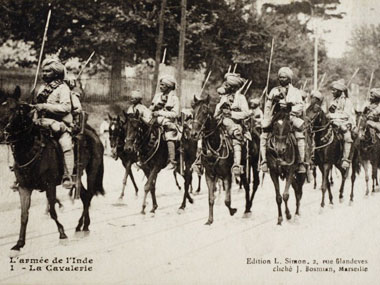)




)
)
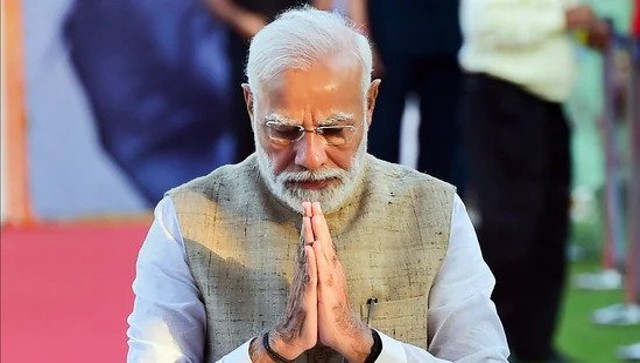)
)
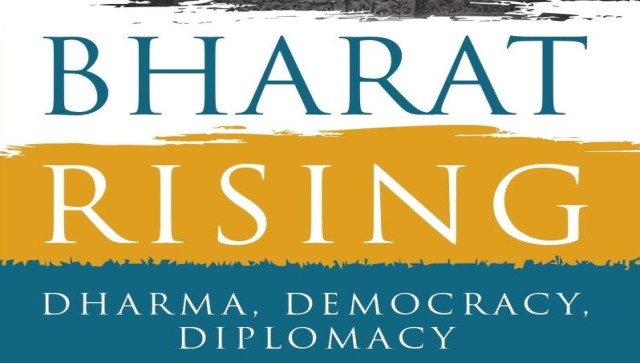)
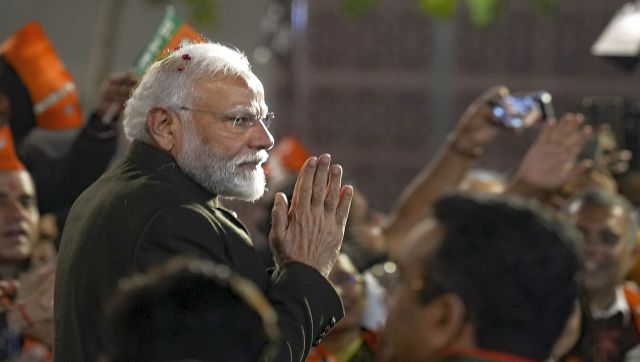)
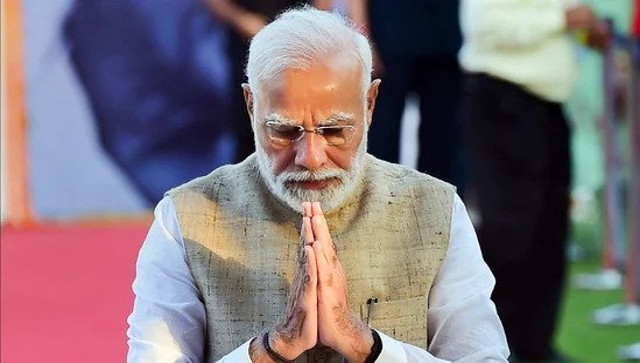)
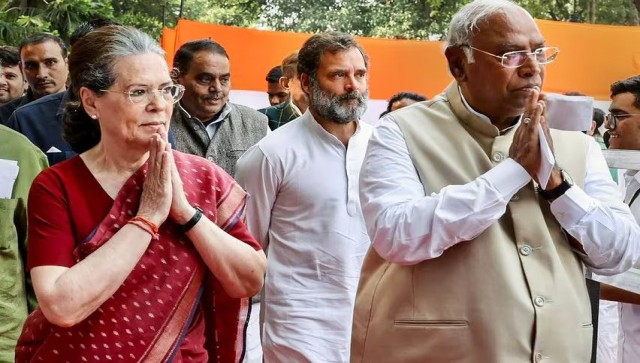)